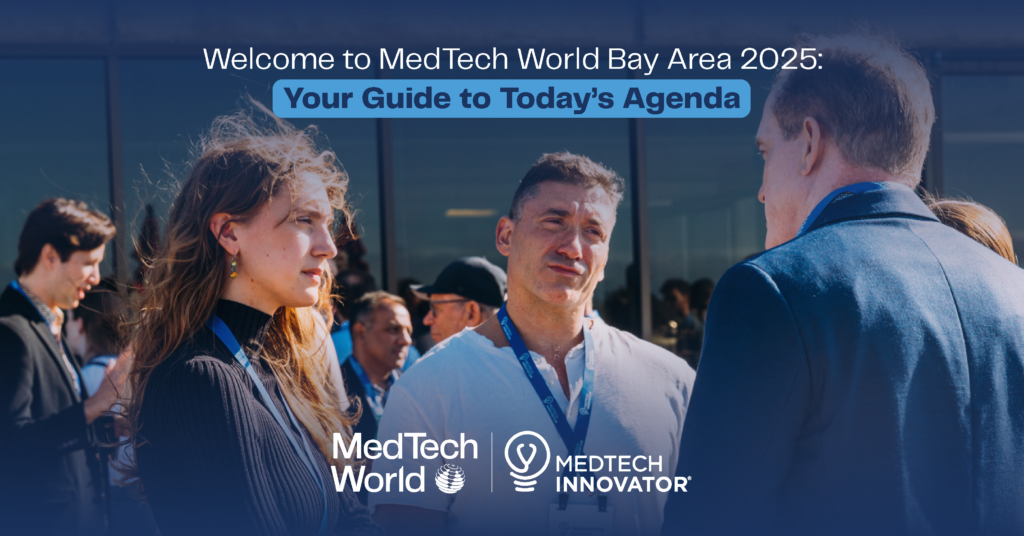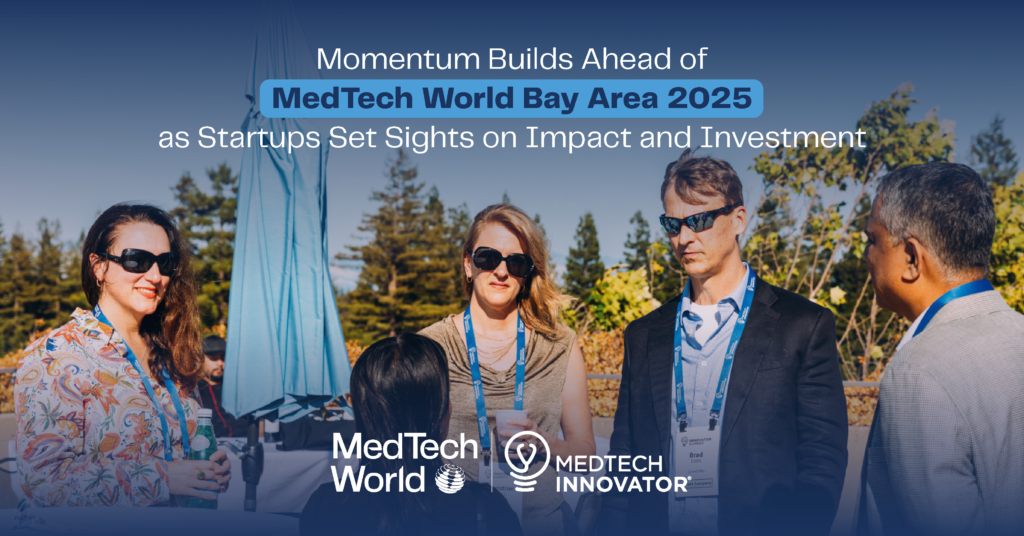
Michael Joe Cini
12th December 2022
Top Five MedTech Developments of 2022
As 2022 winds to a close, we look back at some of the most noticeable technological developments that are changing the Med-tech world. The widespread availability of mobile Internet improved socioeconomic levels, and an aging global population are all driving technological advancement in healthcare. The COVID-19 pandemic also forced healthcare into the future, speeding up testing, adoption, and use of promising medical technology.
Here are five of the most interesting developments of the year.
Remote Patient Monitoring (RPM)
Remote patient care and monitoring is an aspect of telemedicine that allows healthcare providers to interact with patients without both parties physically present in the same location. Patients who live far away from healthcare facilities and patients who are bedridden or homebound benefit from RPM.
RPM reduces cost, energy, and the need for hospitalization, and makes possible early detection of systemic events in patients. Due to social distancing and a significant decrease in the availability of hospital beds, the healthcare system had no choice but to adopt a home-based patient care modality that makes use of remote patient monitoring devices. However, at the beginning of this year, there was a spike in the acceptability and use of remote patient monitoring. According to Research and Markets, the RPM market was valued at $1.9 billion in 2021 and will rise to about $8.5 billion in 2031, growing at a CAGR of 16.3 percent from 2022 to 2031. With the advent of wearable health monitoring devices, this estimate may be too far below reality.
Med-tech in Mental Health
Over the past years, technologies that can help address a patient’s mental health needs have emerged. Although these technologies require a clinician to complete most assessments and initial treatments, there are now new technologies that can improve patients’ mental health between appointments. Increasingly, some apps, using artificial intelligence, are able to complete patient intakes and provide a preliminary diagnosis before the patient meets with a healthcare provider.
Cognitive-behavioural therapy, a traditional therapy method in the management of mental health issues, is now widely used in combination with virtual or in-person therapy in the management of behavioural disorders.
Video games are the new technology used in mental health care. In 2020, EndeavorRx became the first and only FDA-approved video game. It was designed to treat attention deficit hyperactivity disorder (ADHD) in children ages 8-12.
DNA Sequencing and Genomics Research
While DNA Sequencing is not a new technology, it has recently become more affordable and efficient. The technology behind DNA sequencing is not limited to humans, it can also be used in other organisms. DNA sequencing has been found useful in determining the genetic cause of diseases, identifying infectious organisms, and finding a cure for them.
Genomics research and DNA sequencing has led to many medical discoveries and made it easier for researchers to breed new varieties of plants and animals.
Artificial Intelligence
In 2022, AI drove a significant transformation in healthcare with regards to detecting diseases, diagnosing them accurately, and determining them early. A thrilling feature of AI is utilizing machine learning (ML) to evaluate large amounts of patient information and other data. Through algorithms, AI tries to mimic the human brain in thinking, learning, making decisions and taking action.
Studies in which trained and qualified individuals went head-to-head with artificial intelligence revealed that, more often than not, machine beat man. However, the flexibility and decision-making ability alongside the intuition and experience of a trained doctor definitely cannot be replaced by a machine-learning algorithm. Notwithstanding, Al algorithm improves hospital operations, inventory, and staffing schedules by using environmental and medical factors to predict patient behaviour and disease probabilities.
Neurotechnology
As published by ResearchAndMarkets.com, The “The Market for Neurotechnology: 2022-2026” report estimated the overall worldwide market for neurotechnology products would reach $13.3 billion before the end of 2022 from a value of $8.4 billion in 2018.
Neurotechnology is already being used in the healthcare industry. It is currently in use or under study for the diagnosis and treatment of several medical disorders and diseases, such as blindness, deafness, stroke, spinal cord injury, epilepsy, chronic pain, urinary incontinence, and neurological and psychiatric disorders. From the start, the functionality and advancement of neurotechnology depend on neuroscience, electrical stimulation, biomaterials, and microelectronics. These components involve the use of a computer, electrodes, and devices that can intercept electrical impulses flowing through the body.
Although neurodevices are in the research phase, brain and nervous system stimulation, brain imaging, and recording magnetic fields generated by brain electrical activity are all being used in healthcare.
Neuralink is a neurodevice that will be implanted in the brain and wirelessly transmit brain activity to a computer. It’s being developed by a company founded by Elon Musk with the aim of finding cures for brain disorders, such as Alzheimer’s disease and Parkinson’s disease. So far, neuralink has only been tested in animals. However, usage in humans may start soon after safety, effectiveness, and durability are confirmed. Also, before the chips are implanted in humans, it may need to complete the FDA five-step process: discovery/concept, preclinical research, clinical research, FDA review and FDA post-market safety monitoring.
The only way from here is forward. As 2022 calls it a wrap, we can only look forward to witnessing another year of technological breakthrough where we will see even more innovative medical technologies. Technology will continue to advance, most likely, at a faster pace. Currently, research is ongoing on new technologies that could increase the efficiency and effectiveness of healthcare practices.




